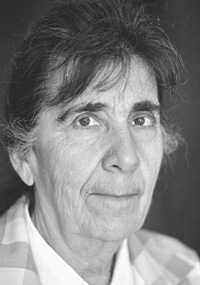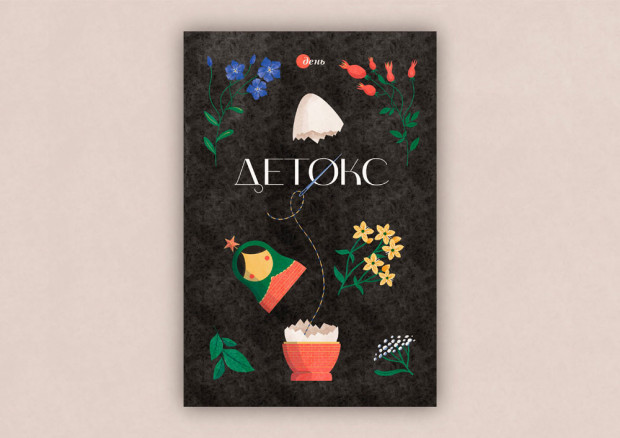Most Convincing Proof

For centuries on end, starting with Plato and ending with Kant, ancient and Christian scholars had worked on a logical proof for the existence of God as the Supreme Being in whom they already had profound faith. It was only in the Modern Age that theologians, under the impact of Protestantism and Enlightenment, stopped trying to “mathematically” prove His existence and proceeded to associate faith with innately human properties. Blaise Pascal wrote, “It is the heart which perceives God and not the reason. That is what faith is: God perceived by the heart, not by the reason.”
Evidence developed by Western Christian theologians in support of His existence includes something I personally find most convincing. Here I mean Saint Thomas Aquinas’s Fourth Proof (thirteenth century), which comes down to the thesis that the surrounding world, nature constantly present man with numerous examples of perfection, seemingly chance occurrences which, nevertheless, turn out hard to perceive as such at a closer look. It is much simpler and more logical to assume that such perfection has its Author, the Creator who is as perfect as all those perfect things He has created and which surround man. A brilliant painting can be created only by a brilliant artist, while daubing, picking colors at random, will never produce a masterpiece, regardless of what some modern painters say.
There is scant rational philosophical evidence in support of His existence (about a dozen statements, maybe less) and I think the reason is that most philosophers never had an opportunity to visit the Crimea’s mesas, which I was fortunate enough to do just that while on vacation.
Summer seems in full swing on the southern Crimean coast even in mid-May, with luxurious wisteria and chestnut trees in full blossom while the evergreen magnolia is just starting to bloom, and grass is drying out in the sun. Higher in the mountains and on the plateau, several kilometers as the crow flies from the Black Sea, one discovers that spring is still tentatively there. Some of trees show the first buds on the south side of the trunk, others boast small delicate sticky leaves. An early morning visitor to the forest will spot endless fields of wildflowers on the high slopes, amidst the tall slim columns of beeches. Anemone, oxlip, snowdrops, fragrant violets looking unusually large and as blue as the sky over the treetops, and nosegay are all mixed in an inimitable array. The overhanging greenish gray rocks are like an antique picture frame emphasizing the waltzing colors. Watching this beauty, one feels ashamed of one’s own imperfection, mundane thoughts, and the drab grayness of daily existence.
At such moments I never fail to make fresh entries in my own list of Proofs. In fact, I am sure I have much more now then even Saint Thomas of Aquinas who, in his Summa Theologica (1265-73), provides only five testimonies to the existence of God. And I don’t have to tell you that such evidence can be gathered not only in the Crimea. It is everywhere, yet in a hustling and bustling crowd spotting it is much harder.
At present, the Crimean mesas and forests, which we explored recently with the old knapsacks, just like in my youth are almost devoid of human presence. Most vacationers crowd the narrow coastal strip, roasting in the sun and inhaling what they think is pure medicinal seaside air. The peninsula’s only ropeway to the plateau and Mount Ai-Petri is rather popular (despite the rising price of tickets). On getting to the top, most vacations stay on a pocket-size plateau near the Upper Station, currently distorted by ugly shapeless structures, barns, strewn with litter, and a chaotic mass of private vendors’ stands. Incidentally, this place is considered one of the Crimea’s main tourist attractions. One can only wonder at the local authorities exposing this atrocity to the foreign tourist eye. And this against the breathtaking backdrop of unique lunar Mesas landscapes, close to Ai-Petri’s fairy-tale rock castles, in the heart of a wonderland where one can find Proof at every step. Will the day come when our presence serves to augment, rather than destroy it?






